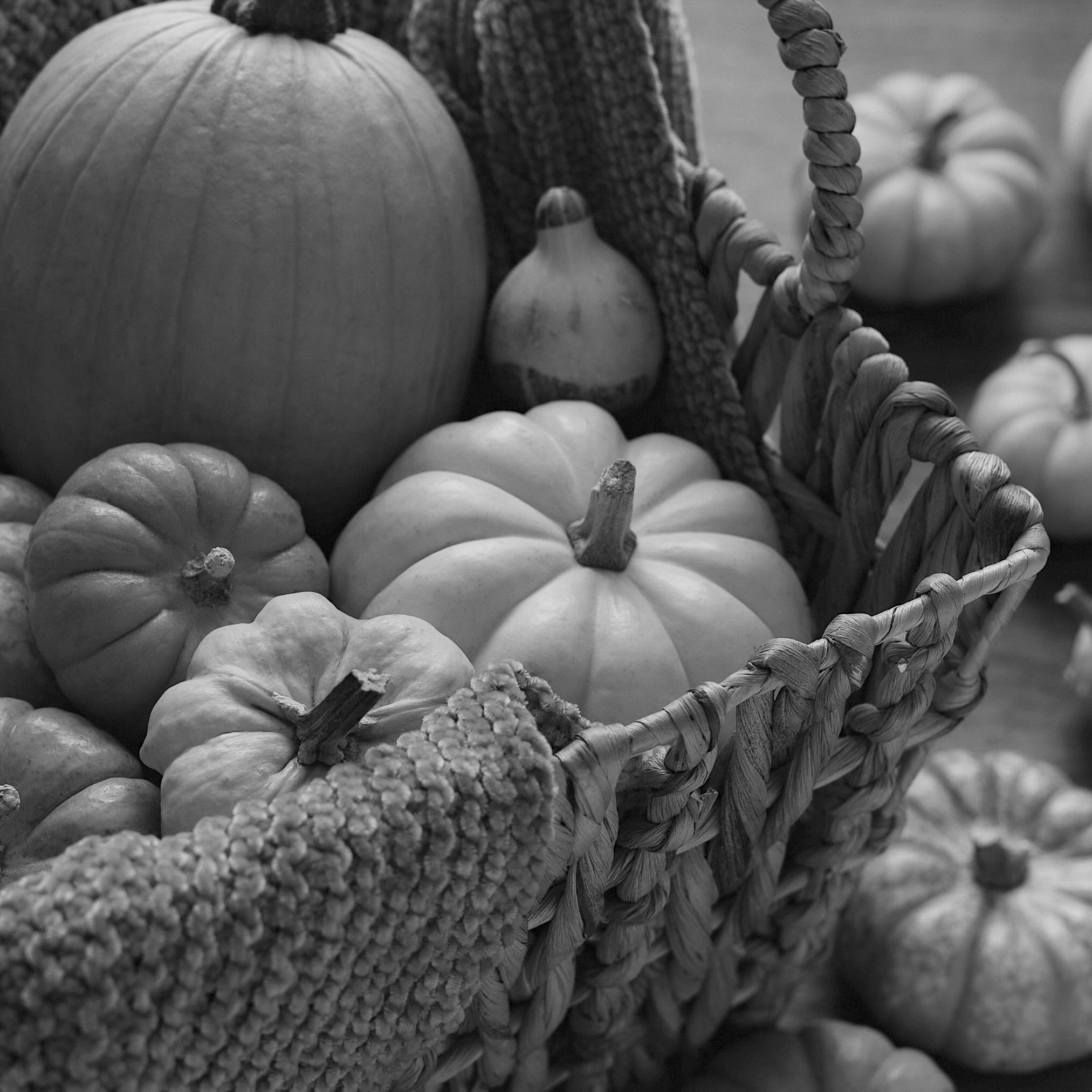Pumpkins are a big part of Halloween because of an old Irish tradition linked to folklore and the harvest season. The practice started with the story of Stingy Jack, a character in Irish mythology who was said to have tricked the Devil and, as a result, was condemned to wander the earth with only a carved-out turnip lantern to light his way. To keep away evil spirits, people in Ireland began carving scary faces into turnips and placing them in windows and doorways.
When Irish immigrants brought this tradition to America in the 19th century, they found that pumpkins—a native American crop—were much larger and easier to carve than turnips. Over time, carved pumpkins, or “jack-o’-lanterns,” became a Halloween staple in the United States and later around the world.
The pumpkin also symbolizes the harvest season, as Halloween marks the end of the growing season and the start of autumn and winter, adding to its fitting place in the holiday’s imagery.




